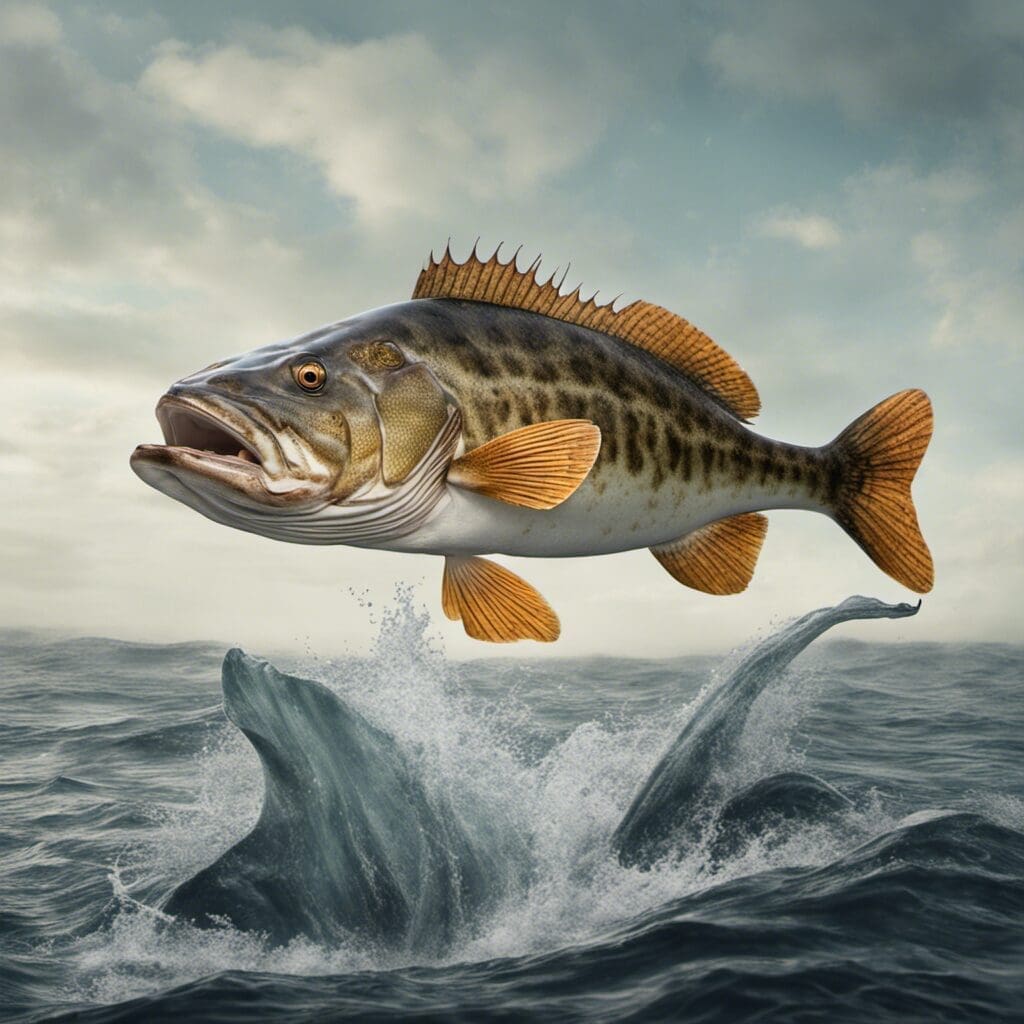Introduction
The Cowcod, known by the scientific name Sebastes levis, is a species part of the Scorpaenidae family, which contains the world’s various types of rockfish. This orange to red-brown creature is recognizable, the name hinting at its large, cow-like size amongst its rockfish relatives.
Conservation Status
As of today, the Cowcod is listed under the “Endangered” species according to the International Union for Conservation of Nature (IUCN). Conservation efforts have been set up, including fishing limitations and creation of conservation areas to protect their natural habitats.
Statistics
| Statistic | Average | Range |
|---|---|---|
| Length | 81 cm | 39-93 cm |
| Weight | 16 kg | 5-25 kg |
| Average Lifespan | 50 years | N/A |
Distribution
The Cowcod’s nature is to remain in a particular region, making it non-migratory. They are usually found along the coastlines of California, particularly from Point Conception to the Baja Peninsula.
Habitats
- Water type: Saltwater
- Depth range: 30-100 m
- Temperature range: Mild to Cool Temperatures
When and Where to See
The Cowcod best thrives in cold climates, thus it is easier to spot them towards the end and start of the year. The species is nocturnal and is usually active during the night.
Best Fishing Locations
Fishing experts have identified specific locations ideal for catching Cowcod, largely within the California region:
- Channel Islands National Marine Sanctuary, California
- Cordell Banks National Marine Sanctuary, California
- Monterey Bay National Marine Sanctuary, California
If these specific locations aren’t readily accessible, one of the keys to locating Cowcod is searching for rocky regions in deeper parts of the sea.
How to Catch
The Cowcod responds best to live bait, primarily squid or small fish. Bottom fishing is the usual technique to catch Cowcod since they often stay in rocky, deep sea environments. While they are more active at night, fishing regulations often limit Cowcod catches to daylight hours.
Identification Guide
The Cowcod has a thick body, colored with a bright orange to red-brown hue. A distinctive physical characteristic is an anal fin that is rounded with a noticeable third spine. It’s easy to confuse with other rock fishes, but the Cowcod usually is larger and has cleaner, more vibrantly colored fins.
Culinary
The Cowcod, like its rockfish relatives, tastes mildly sweet with a firm, lean texture. Its meat is low in saturated fat and high in protein, making Cowcod a nutritious option. In terms of cooking, Cowcod can be grilled, broiled or baked.
Additional Information
The Cowcod generally feeds on benthic invertebrates and small fishes. Breeding rituals include internal fertilization, with the eggs hatching inside the female before releasing. Their natural predators include larger fish and marine mammals. Threats to the Cowcod come mainly from fishing and habitat destruction.
References and Further Reading
- Fishbase.de Cowcod Research

